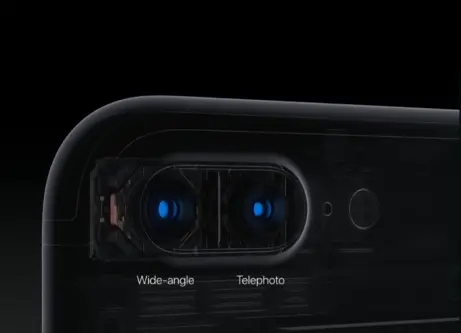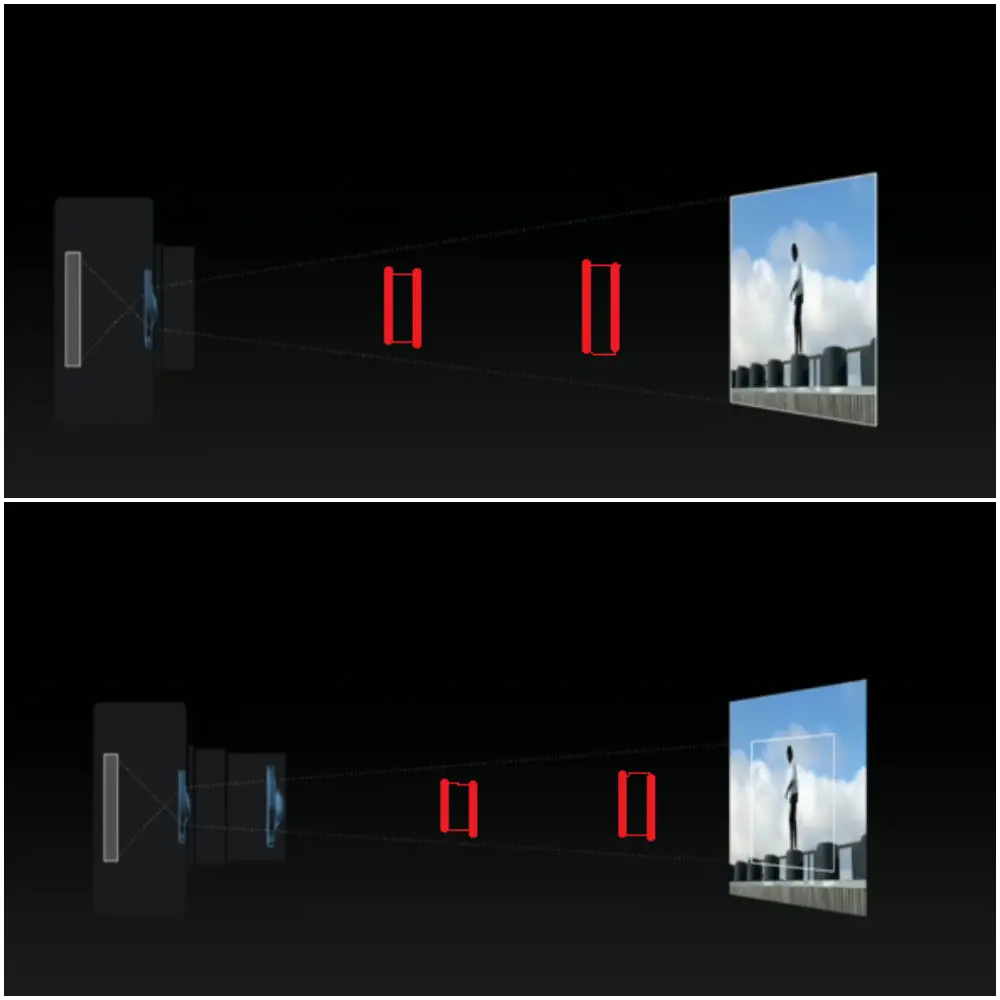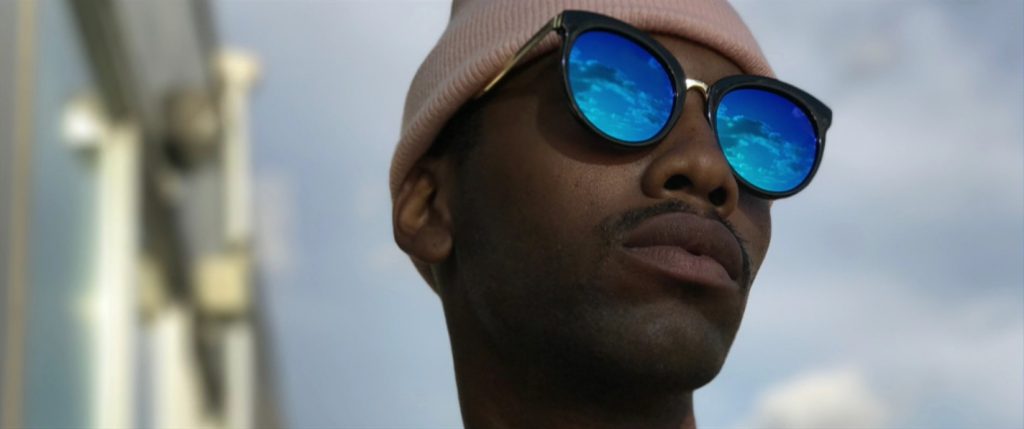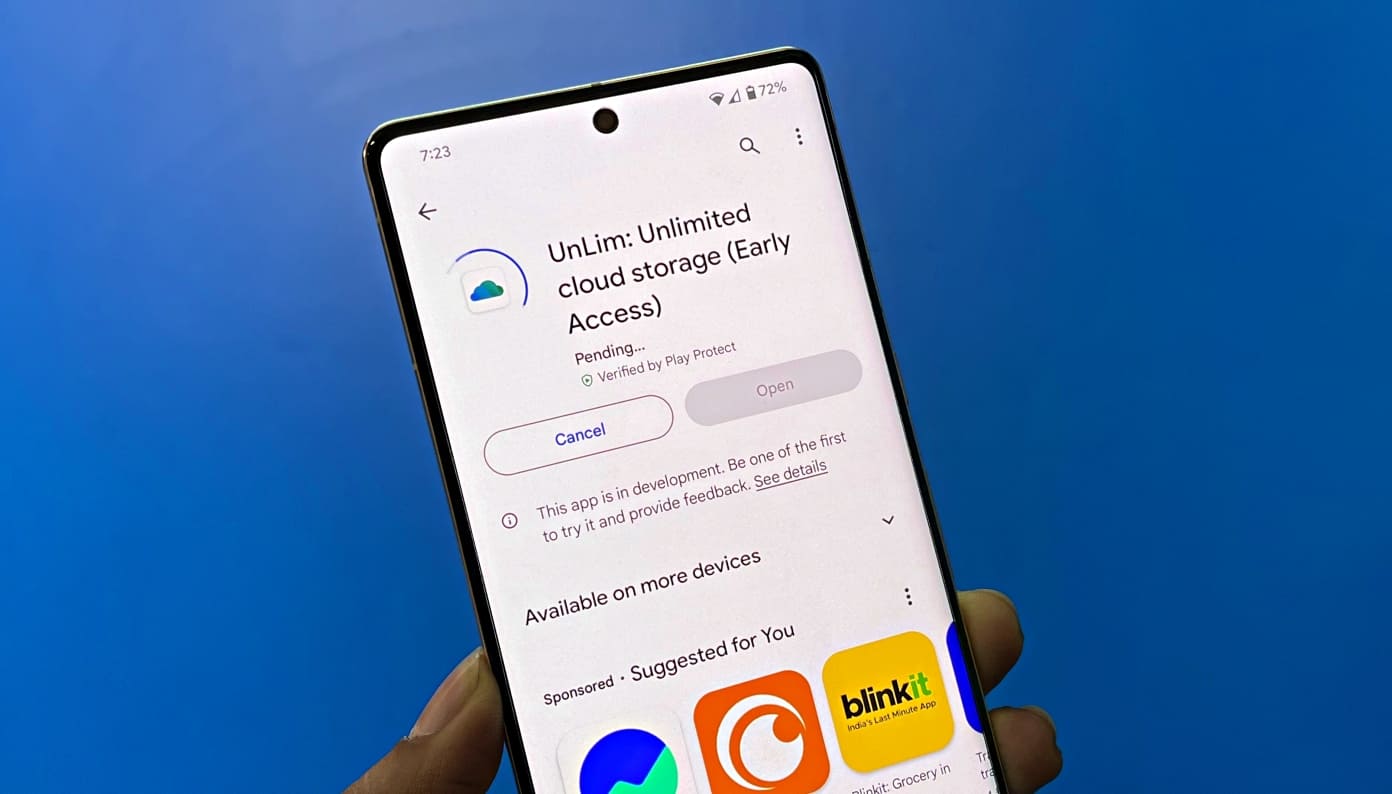Lately, Dual Camera setup has become a trend in the smartphone industry. Even before Huawei implemented the setup on Honor P9, dual camera setup featured on LG Optimus 3D, HTC Evo 3D, and HTC M8. But only with the launch of Huawei’s Honor P9, the trend started, thanks to its exemplary implementation
Dual camera setup can be implemented in different ways to achieve different outcomes. But before I delve into the details, I strongly recommend you to go through my previous article to get a better understanding.
How does Dual Camera Setup Work on Phones like Huawei Honor P9?
Similar Implementation: Coolpad Cool 1, Huawei Honor 8, Huawei Mate 9, Xiaomi Mi5s Plus, etc.
All these phones feature two cameras: One camera sports a conventional RGB sensor that takes color photos; the other camera house a monochrome sensor, meaning it only captures scenes in black and white.
The RGB sensor takes a snap by filtering colors and by doing it, the intensity of incoming light diminishes. For eliminating this caveat, the monochrome sensor is used, which is only interested in capturing the light at any given point.
Finally, the details captured using monochrome sensor is merged with the color photo taken by RGB sensor using software and thus enhancing overall picture quality.
Advantages of this implementation:
- Improved image quality
- Sharp and fast focus
- Refocusing ability
How does Dual Camera Setup Work on iPhone 7 Plus?
Similar Implementation: Asus Zenfone 3 Zoom
iPhone 7 Plus houses two cameras: one camera sports a wide-angle lens with 3.9mm(28mm equivalent) focal length and other sports a telephoto lens with 6.6mm focal length( 56mm equivalent).
With the wide-angle lens, you get a wide angle of view. Thus you can capture more of the scene. Once you fix the scene, you can do an optical zoom using the telephoto lens with negligible distortion up to 2x and from there a digital zoom up to 10x.
In case you are wondering why can’t we zoom using the same lens instead of a telephoto lens, a telephoto lens has comparatively longer focal length and narrow field of view that makes distant objects to look alike to the nearby objects.
Consider above images: the image on the top resembles wide-angle lens, and the other image resembles telephoto lens. The wide-angle lens has short focal length and wide-angle of view. I have placed the same object in front of the wide-angle lens at different distances. When the object is placed farther from the lens, it occupies less space in the angle of view and looks comparatively small. In the case of a telephoto lens that has long focal length and narrow-angle of view, the object placed at farther distance occupies nearly equal space in the angle of view. Thus, from the camera perspective both the objects look alike. Because of this phenomenon, we can zoom with a telephoto lens with minimum negligible distortion.
Also, using the telephoto lens you can shoot portraits. Portraits are nothing but photos with a much shallower depth of field that can be achieved either by increasing aperture length or using closer focusing distance. In the case of iPhone 7 Plus, using a telephoto lens, we get closer to the object and thus generating shallow depth of field. However, it also uses ISP to measure the depth map to create the background blur.
Advantages of this implementation:
- Optical Zoom with less distortion
- Portraits
How does Dual Camera Setup Work on LG G5?
Similar Implementation: LG V20, LG V10 (front camera)
The dual camera setup on LG G5 is primitive and straightforward.
It has two rear cameras: one camera houses a lens with 4.42mm (29mm equivalent) focal length and other camera houses a wide-angle lens with 1.53mm (12mm equivalent) focal length.
On G5, you can switch from one camera to the other by tapping on an on-screen button. To capture landscapes or to get most out of the scene, switch to the wide-angle lens and take a shot.
Advantages of this implementation:
- Capturing landscapes without use of Panorama
- Group photos with many folks in the picture.
Space has always been a constraint on smartphones that is hindering OEMs from placing larger sensors or big lenses on the smartphone camera. However, with the advent of dual cameras, the smartphone photography is finally able to compete with the DSLR photography. In 2017, we may see new and sophisticated implementations of the dual camera to enhance the photographic abilities of a smartphone camera further.






